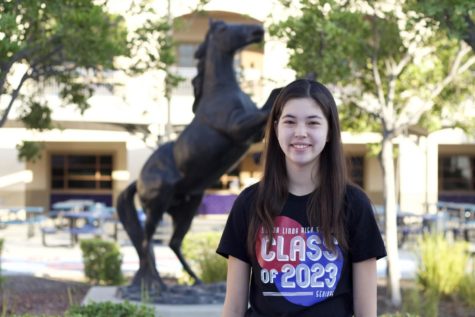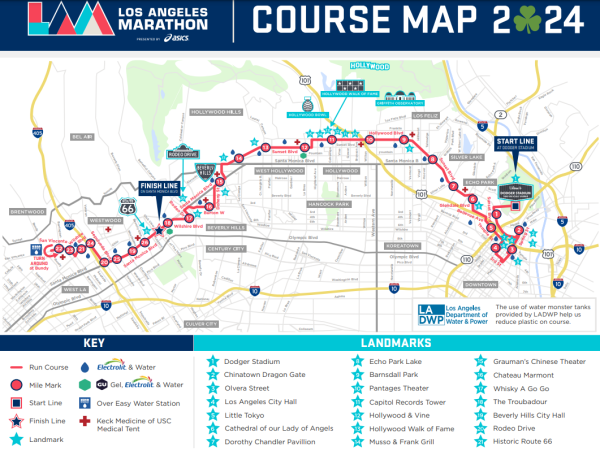ChatGPT and the Rise of AI Technology

The development of ChatGPT and AI has made it harder to differentiate between human and AI-written text.
March 22, 2023
“I am ChatGPT, a large language model developed by OpenAI based on the GPT-3 architecture. My purpose is to assist and communicate with people through natural language processing, and I can answer questions, engage in conversations, and perform various tasks based on my training data and the input I receive.”
This is the response that ChatGPT generates when asked what it is (but of course each response varies due to the chatbot’s conversational nature). As the chatbot stated, ChatGPT is an artificial intelligence (AI) computer program that can understand and respond to human-generated text. The program was created in November of 2022 by OpenAI, and since it was released, it has grown in popularity. People can easily access ChatGPT online and become immersed in the platform as endless knowledge becomes available at their fingertips (OpenAI).
The responses I’ve generated from ChatGPT seemed as if they were written by a person, and it’s amazing how AI has been developed to become this realistic.
— Megan Chou (12)
ChatGPT can be used for a variety of purposes, good and bad. Users can type their questions into the chatbot and receive an answer within seconds, and if the initial answer isn’t enough to build a strong understanding of a concept, they can regenerate responses until they are satisfied. In addition to answering questions, ChatGPT can respond to various prompts; for instance, a user can request to have the chatbot compose a rhyming poem, fix lines of code, or write an essay about a specific subject, and the program will generate a perfectly-written response. To the average person, the chatbot’s use of language is comparable to that of humans. Megan Chou (12) agrees, sharing, “The responses I’ve generated from ChatGPT seemed as if they were written by a person, and it’s amazing how AI has been developed to become this realistic.”
However, because of ChatGPT’s authentic style, many people – especially students – have started to take advantage of the program. In schools across the country, students have been using ChatGPT to write essays for their classes and think that they could get away with doing this. Luckily, many AI-detecting programs have been developed to identify work written by ChatGPT, and teachers have been using these software to enforce academic honesty in the classroom. In fact, OpenAI (the developer of ChatGPT) has created its own AI-detecting program to aid in the process of distinguishing human and AI-written text. Regardless of these programs, students should still refrain from using ChatGPT and other chatbots to write for them since doing so is unfair to other students who put genuine effort into their assignments, and students using ChatGPT to cheat miss out on valuable learning opportunities.
Because of chatbots like ChatGPT, it has become more difficult to differentiate between human and AI-written text. In a study by Jeff Hancock and a team of Stanford researchers, the team found that humans could only distinguish between human and AI text about 50% of the time. As AI chatbots start to be used for business emails, dating profiles, and school projects, people are at an increased risk of being subject to misinformation, leading to a lack of trust. Consequently, people should be mindful of the development and evolution of AI technology to stay updated on what may be considered the new normal.






















Tatum Steward • Mar 23, 2023 at 7:38 AM
This was such an interesting article! I have very few notes other than the fact that you could try to provide another comment after Megan’s quote. Still, this is a very well-written article.
Rishika Puri • Mar 23, 2023 at 7:25 AM
I liked this article since AI prompters usually aren’t talked about much. AI prompts discourage many writers and artists, and overall they shouldn’t be used unless absolutely necessary. The way the article describes how accurate ChatGPT is is also good, and how AI detectors can be used on them.
Mylie Brown • Mar 23, 2023 at 7:24 AM
I’ve seen this! It is so scary, great article!
Fiona Salisbury • Mar 23, 2023 at 7:19 AM
This is so interesting! I’ve never tried Chat GTP, but it seems like it would be cool to try! I love how informative your article has been.